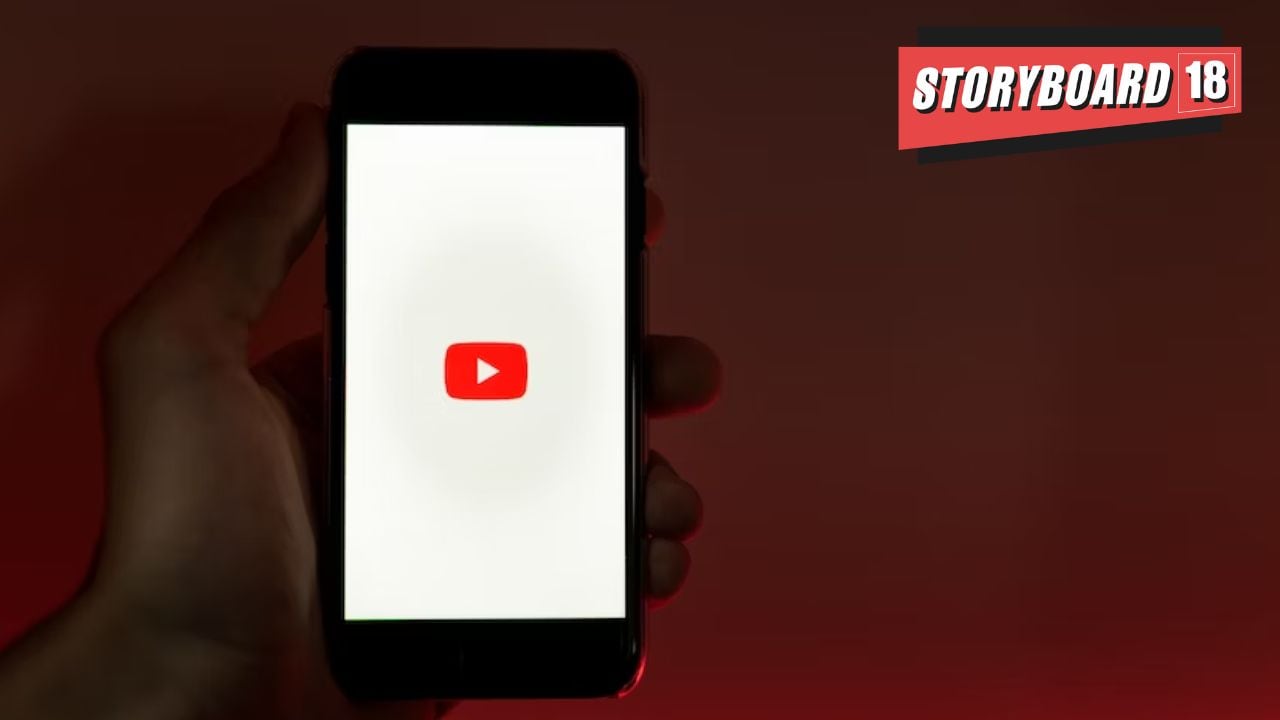Days after the Department of Consumer Affairs, under the Ministry of Consumer Affairs, Food and Public Distribution, released additional guidelines for celebrities, influencers and virtual influencers in the field of health and wellness, YouTube also announced their long term vision for YouTube’s medical misinformation policies.
The streaming platform will streamline dozens of existing medical misinformation guidelines to fall under three categories – prevention, treatment, and denial. These policies will apply to specific health conditions, treatments, and substances where content contradicts local health authorities or the World Health Organization (WHO).
In a blogpost by Garth Graham, director and global head of healthcare and public health partnerships, YouTube, Google and Matt Halprin, vice president and global head of trust and safety at YouTube it is said as medical information – and misinformation – continuously evolves, YouTube needs a policy framework that holds up in the long term, and preserves the important balance of removing egregiously harmful content while ensuring space for debate and discussion.
“While specific medical guidance can change over time as we learn more, our goal is to ensure that when it comes to areas of well-studied scientific consensus, YouTube is not a platform for distributing information that could harm people,” the blog said.
As part of the prevention of misinformation guideline, YouTube will remove content that contradicts health authority guidance on the prevention and transmission of specific health conditions, and on the safety and efficacy of approved vaccines. For the treatment of misinformation bit they will remove content that contradicts health authority guidance on treatments for specific health conditions, including promoting specific harmful substances or practices.
As for the denial misinformation guideline, YouTube plans to remove content that disputes the existence of specific health conditions. This covers content that denies people have died from COVID-19.
“Our goal is to make the rules of the road clearer and have a more transparent framework in place for evaluating whether certain diseases or conditions would be included in the future,” the blog said.
As a part of their ongoing efforts to increase the amount of quality health content, YouTube, will be publishing a playlist of engaging, informative cancer-related videos from a range of authoritative sources. They’d be collaborating with Mayo Clinic on new video content to share information on a variety of cancer conditions.
“Debate and discussion are critical to the advancement of science and medicine. We always carefully take into account context when enforcing our policies, and allow content that provides educational, documentary, scientific and artistic (EDSA) context. One element we consider is public interest. This means that we may allow content that is sufficiently in the public interest to remain on YouTube, even if it otherwise violates our policies,” an excerpt from the blog read.
The blog explained this exception with an example.
“A video of a public hearing or comments made by national political candidates on the campaign trail that disputes health authority guidance, or graphic footage from active warzones or humanitarian crises. We may also make exceptions for personal testimonies or content that discusses the results of a specific medical study. Adding context to a video doesn’t guarantee that it’ll be allowed to remain, and we may also age-gate some content or surface an information panel underneath these videos to provide additional context for viewers,” as per the blog.
Overall, the streaming platform wants to make sure there is a robust framework to build upon when the need for new medical misinformation policies arises.
